By Deborah Ramirez and Greer Clem
The separation of powers—the hallmark of our governmental structure—was intended by the Founding Fathers to protect the Rule of Law by ensuring that governmental power is shared among three equal branches of government, thereby restricting the unaccountable exercise of government power. Each of the three branches of the United States government is granted authority to perform specific functions, as well as additional powers “to protect itself [from other branches’ encroachment] and to police the other departments.” In other words, the Founding Fathers envisioned the separation of powers to be a “separation of functions” and, simultaneously, a “balance of power.” Special Counsel Robert Mueller’s Report on the Investigation Into Russian Interference in the 2016 Election (the “Mueller Report” or “Report”) illuminates a dangerous imbalance in this system. The Mueller Report documents instances in which the Trump Administration attempted to obstruct Mueller’s efforts. Trump ultimately moved to hide the Special Counsel’s full report from Congress via his executive authority. Despite the obvious impropriety, the other branches failed to hold the executive accountable for these actions…
